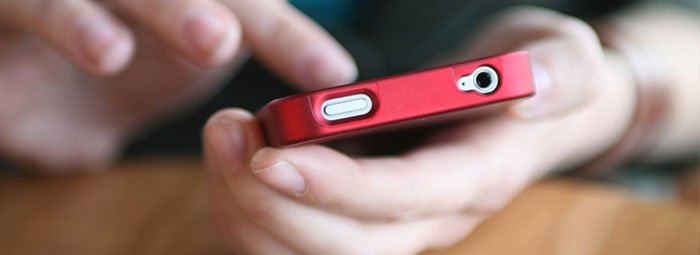The S5 will be paired with a new wearable device that will be an evolution of the Galaxy Gear smartwatch, Lee Young Hee, executive vice-president of the company’s mobile business, had said on Monday. Samsung, which posted profit this week that missed analyst estimates, will debut the new products together as it also boosts marketing of tablet computers.
“We’ve been announcing our first flagship model in the first half of each year, around March and April, and we are still targeting for release around that time,” Lee said. “When we release our S5 device, you can also expect a Gear successor with more advanced functions, and the bulky design will also be improved.”
Samsung, which sells one of every three smartphones globally, is adding new features and models to fend off Apple in the high-end market and Chinese makers luring budget customers with handsets for $100. Asia’s biggest technology company will announce at least one other wearable device this year, Lee said without elaborating.
Samsung registered a design in South Korea in October for eyeglasses that can show information from a smartphone and enable users to take calls.
Fingerprint reader
Sales of the S4, the company’s current marquee handset, slowed after Apple released the iPhone 5s and 5c in September. The 5s includes a fingerprint-identity sensor, and Samsung is considering using an eye scanner in its top-end smartphones.
“Many people are fanatical about iris recognition technology,” Lee said at the International Consumer Electronics Show in Las Vegas. “We are studying the possibility but can’t really say whether we will have it or not on the S5.”
Suwon, South Korea-based Samsung this week posted its first profit decline in nine quarters as high-end handset growth slowed and the company paid employee bonuses. Operating profit was 8.3 trillion won ($7.8 billion) in the three months ended December, falling from 9 trillion won a year earlier, the company said.
Shares of Samsung have dropped 11 per cent from its closing price on December 23 as analysts scaled back projections for high- end handsets, erasing about $22 billion of the company’s market value. Samsung shipped 13 million units of the S4 in the fourth quarter, down from 17 million in the previous three months, Daewoo Securities Co said in a December 23 report.
New design
“The release of the S5 will be very important to Samsung,” Lee Seung Woo, an analyst at IBK Securities Co, said by phone on Thursday. “Competition is going to intensify, and it’s not going to be an easy year for the company.”
The Galaxy S4 may have fallen short of consumer expectations because its design was too similar to its S3 predecessor, Lee Young Hee said. The next handset likely will be different, she said without providing specifications, including screen size.
“When we moved to S4 from S3, it’s partly true that consumers couldn’t really feel much difference between the two products from the physical perspective, so the market reaction wasn’t as big,” she said. “For the S5, we will go back to the basics. Mostly, it’s about the display and the feel of the cover.”
Wraparound display
The timing of the release is after February’s Mobile World Congress in Barcelona.
Samsung shipped 91 million smartphones in the fourth quarter, up 4 percent from the previous quarter, according to an estimate by KB Investment & Securities Co. The company, the largest maker of televisions and memory chips, is diversifying its product range and using its manufacturing scale to tap new markets.
Samsung’s next Galaxy Note handset may use a three-sided display so messages can be read from an angle. The latest model will be released in the second half of this year and be aimed at the high-end segment.
“We are targeting consumers who want more professional use and tend to be willing to pay more for handsets,” Samsung’s Lee said.
Wearable devices
The market for wearable devices may more than triple to about $30 billion by 2018, according to IHS Global Insights. Samsung will attempt to boost sales of its smartwatches by adding functions to check calorie consumption, monitor heart rate and measure stress levels, Lee Young Hee said.
“Healthcare related functions will be the most inherently tied functions to future wearables,” she said. “We see a very big potential from there.”
The company also sees more growth potential in tablets as it takes on Apple’s iPad line and Amazon.com Inc’s Kindle devices. The tablet computer market will grow more than 15 per cent annually, with more than 240 million units shipped last year, Shin Jong Kyun, head of Samsung’s mobile business, said November 6.
Samsung’s share of global tablet shipments doubled to about 20 per cent last year, Lee Young Hee said. The company, which shipped more than 40 million units in 2013, aims to drive sales growth of its mobile business, which accounts for more than 60 per cent of the company’s operating profit, to fend off margin pressure from the slowing high-end smartphone segment.
Samsung announced its largest tablets at CES, unveiling 12.2-inch versions of the Galaxy NotePRO, which uses a stylus, and the TabPRO, which doesn’t. The largest screens allows users to split the display into four windows running different applications.
“We had put relatively fewer resources and focus, including marketing, on tablets, but from this year we will consider it as one of our key major focuses,” Lee Young Hee said.
“We still have room to improve.”
[“source-business-standard”]




